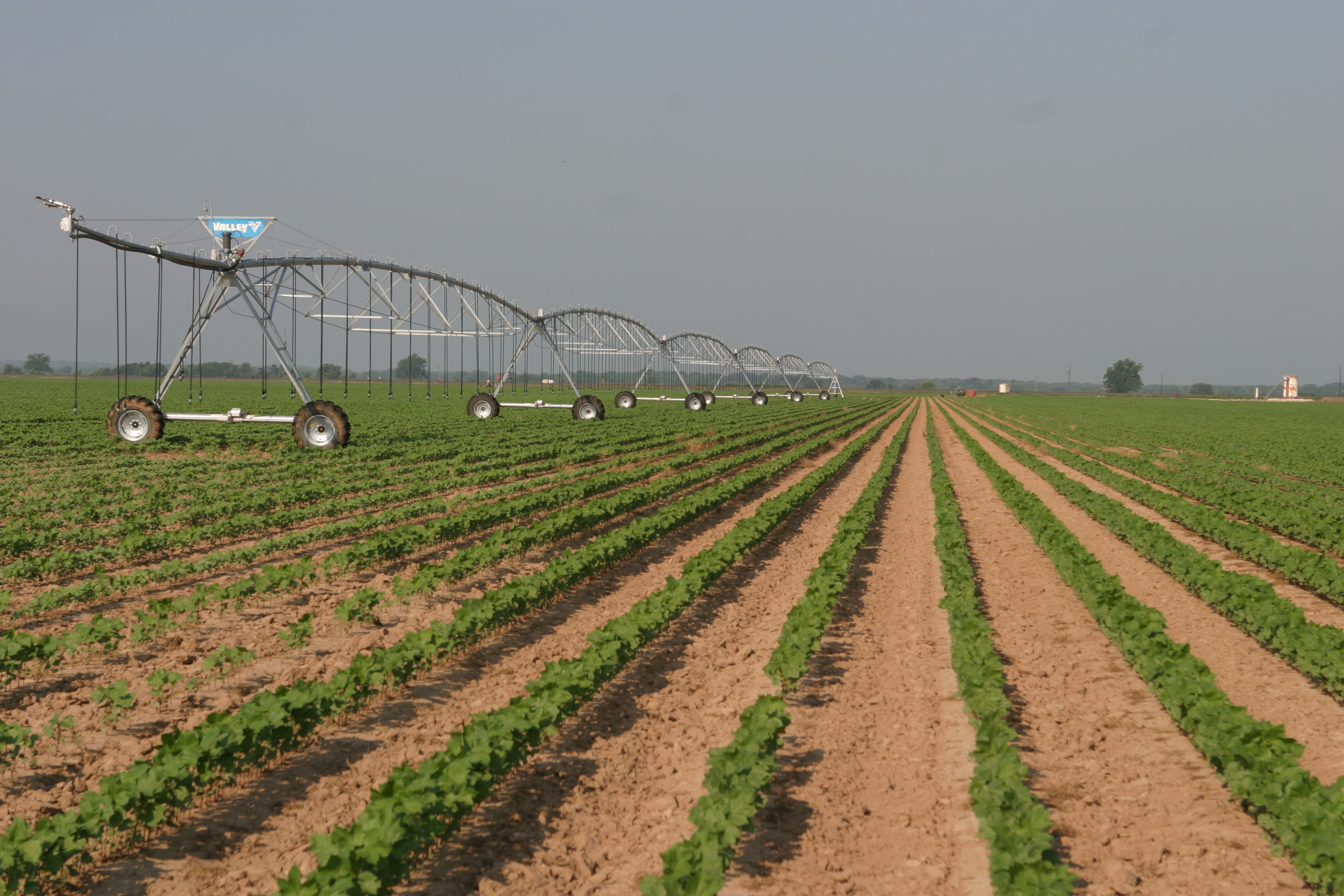By Justin Walker
Communications Specialist
The U.S. Department of Agriculture (USDA) eliminated the Prevented Planting +10 Percent Option, among other changes to crop coverage, for future crop years.
The option, which allowed farmers to purchase 10 percent higher coverage for prevented planting, was cut in order to save $1.4 billion in costs associated with prevented planting coverages.
According to the USDA Risk Management Agency (RMA), prevented planting coverages were designed to provide protection based on pre-planting costs. These costs include purchase of machinery, land rent, fertilizer, actions taken to ready the field, pesticide, labor and repairs.
Following an evaluation of the program, RMA recommended the removal of the option. From 1994-2013, more than $4 billion in indemnities were paid out through the program.
USDA decided to keep a five percent option available, but the program evaluation showed very few farmers have taken it in the past.
“They are not taking coverages away,” Brant Wilbourn, associate director of Commodity and Regulatory Activities for Texas Farm Bureau, said. “They are reducing the amount of buy-up coverage farmers can have.”
In addition to limiting the buyup coverage, RMA also recommended the reduction of coverage factors for several crops. In 2017, corn coverage was reduced from 60 percent to 55 percent. In 2018, canola, hybrid corn seed and silage sorghum will see reductions in coverage.
Rice coverage rose from 45 percent to 55 percent last year, while peanuts will see a rise from 50 percent to 55 percent in 2018.
With the removal of the 10 percent option, Wilbourn said farmers will have two options: either buy the five percent option or decide to have no buyup coverage at all.

